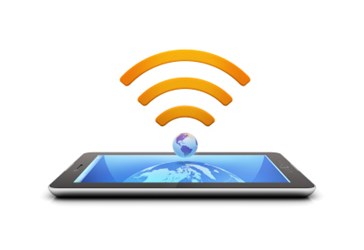Test Beds For Wireless Medical Devices Examined

By Christine Kern, contributing writer

The FCC workshop was designed to examine the role of wireless test beds in the convergence of technology.
The Federal Communications Commission and the Food and Drug Administration co-sponsored a workshop in Washington, D.C. examining the role of wireless test beds in promoting medical technology innovation. According to the FCC, the workshop was held “as the rapid pace of innovation blurs traditional boundaries between consumer health technology, medical devices, and communications. Furthermore, the FCC and FDA sought “to better understand how wireless test beds can be used and configured to meet the challenges and to take advantage of the opportunities this convergence presents.”
The workshop was part of the continuing collaboration between the FCC and FDA in promoting innovative medical technologies, and was organized by the Connect2Health FCC Task Force, the FCC Office of Engineering and Technology, and the FDA Center for Devices and Radiological Health.
“We owe it to consumers and clinicians to ensure that medical devices are safe and reliable. We must, therefore, take into account the need for wireless coexistence,” FCC Commissioner Mignon Clyburn stated at the workshop, according to Health Data Management. Clyburn asserted that wireless test beds are essential to the process of ensuring safe, reliable technologies, saying, “Individual medical devices must work together on wireless networks to create a transformed and improved healthcare system.”
According to William Maisel, M.D., deputy director at the FDA’s Center for Devices and Radiological Health, countless new wireless medical devices are changing healthcare delivery, posing both opportunities and challenges. He cautioned that, with the convergence of communications, the healthcare industry must ensure that these technologies “deliver on their promise” by evaluating the wireless coexistence capabilities of these devices using test beds.
“As much testing as we can do in our lab environment, it does not 100 percent correlate to the performance of our devices in a hospital network,” said Phil Raymond, wireless architect for Philips Healthcare. “There is a gap there. It’s a challenge we face as a medical device manufacturer working with the hospitals to understand that gap, to understand their capabilities and what they can test to.”
Raymond asserted, “I don’t think we ever get away from a hospital having to have its own testing capabilities and networking competencies around wireless connectivity,” but test beds can help fill the testing gap. “Having this test bed certification – or whatever we end up calling it – is a key component in my opinion of filling in that gap between the medical device manufacturer and the hospital.”
